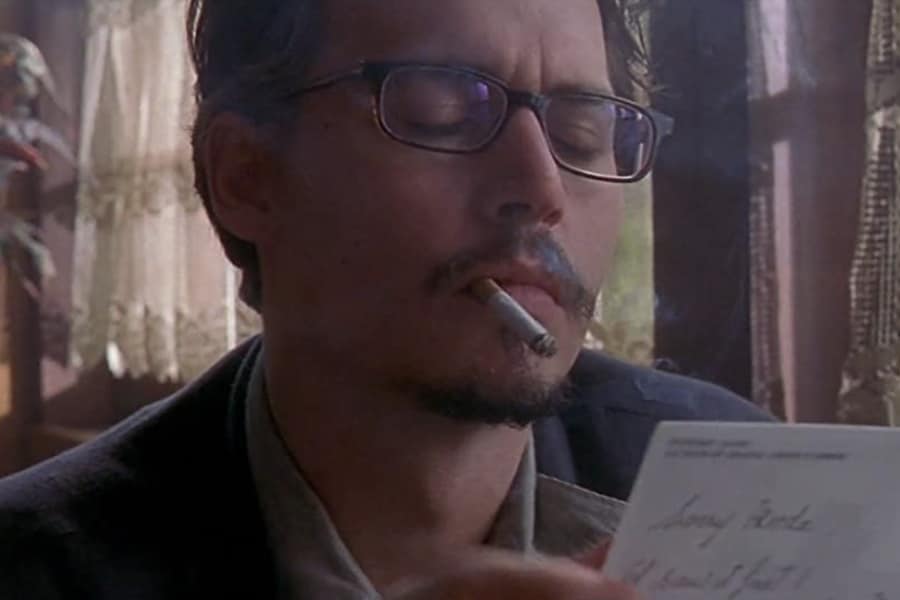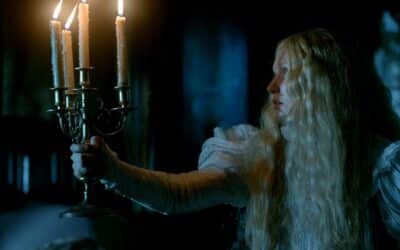
The Darkest Secrets
A whisper in the dark, a cipher scrawled in blood, the thrill of decoding a message meant to stay hidden. The use of cryptography in horror fiction adds layers of mystery and dread, turning the act of decoding into a dance with the devil. Modern horror often delves into the realm of secret codes and cryptographic puzzles, blending technology with terror to create unforgettable narratives.
“House of Leaves” by Mark Z. Danielewski is a labyrinthine exploration of a house that defies the laws of physics. The novel’s structure is a puzzle in itself, with footnotes, mirrored text, and coded messages. The Navidson Record, a film about a house that’s bigger on the inside than the outside, serves as the central narrative. Within its pages, codes and cryptographic clues are hidden, inviting readers to decipher the true nature of the house and its horrors. The novel’s cryptic style forces readers to confront their own perceptions of reality and the unknown.
David Fincher’s “Zodiac” dives into the real-life cryptographic horror of the Zodiac Killer. The film follows the hunt for the serial killer who taunted police with cryptic letters and ciphers. The Zodiac’s codes, still partly unsolved, create a chilling backdrop as the characters spiral into obsession. The cryptographic elements of the film reflect the chaotic nature of the investigation, where each decoded message brings more questions than answers, revealing the darkness within both the killer and those who pursue him.
In the realm of digital horror, “Mr. Robot” stands out. The series follows Elliot Alderson, a hacker with a fractured mind. The show delves deep into themes of paranoia and delusion, with cryptography playing a central role. Elliot’s world is a maze of digital codes and encrypted secrets, where every keystroke can unearth a new layer of conspiracy. The show’s depiction of cryptography is rooted in real hacking techniques, making the unraveling of codes a harrowing journey into the digital abyss.
“Tenet,” directed by Christopher Nolan, weaves time manipulation with cryptographic intrigue. The film’s protagonist, known only as the Protagonist, must decipher temporal clues to prevent global catastrophe. The inversion of time itself becomes a code to be cracked, where the past and future intertwine in a cryptic dance. Nolan’s use of cryptography extends beyond mere plot devices, turning the entire narrative structure into a puzzle that challenges viewers to question the very nature of time and reality.
Dennis Lehane’s “Shutter Island” takes cryptography into the psychological realm. U.S. Marshal Teddy Daniels investigates the disappearance of a patient from Ashecliffe Hospital, a mental institution. The investigation reveals cryptic notes and anagrams that hint at a larger, more sinister conspiracy. As Daniels deciphers these clues, the line between sanity and madness blurs, leading to a revelation that upends the entire narrative. Lehane’s use of cryptographic elements intensifies the psychological horror, drawing readers into a mind as complex and treacherous as any code.
“The Ninth Gate,” directed by Roman Polanski, is a film where rare books and secret codes converge. Dean Corso, a rare book dealer, is hired to authenticate a book that supposedly holds the key to summoning the devil. The book is filled with cryptic illustrations and hidden messages, leading Corso on a dark journey through secret societies and occult rituals. The film’s use of cryptography is steeped in esoteric lore, turning the act of decoding into a perilous quest for forbidden knowledge.
These narratives show that cryptography in horror fiction is more than a mere plot device; it is a gateway into the human psyche’s darkest corners. The act of decoding becomes a metaphor for the search for truth in a world shrouded in shadows. Each solved cipher reveals another layer of horror, another secret that perhaps should have remained buried.
Cryptography and horror share a symbiotic relationship, each feeding off the other’s inherent tension. The codes and ciphers invite readers and viewers to engage actively with the narrative, to become part of the story. This engagement heightens the sense of dread, as every decoded message hints at greater horrors to come. The darkest secrets, after all, are those that lie just beyond our understanding, waiting to be unlocked
Similar Features
The Morality of Shapeshifters
Are Shapeshifters Evil?
Monster Horror Adaptations
The best monster horror film and television adaptations
Gothic Mystery Settings
The power of place in gothic mysteries



